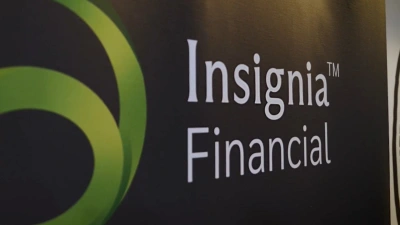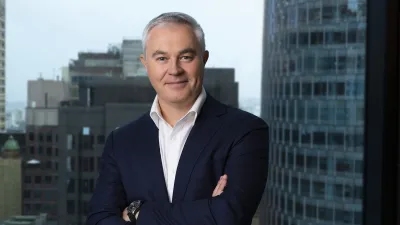Young investors embrace active approach for passive ETFs



Contrary to the “set and forget” perception of exchange-traded funds (ETFs), Generation Z and Millennial investors are actively engaging with and trading these passive vehicles, according to NAB.
New data from nabtrade, the bank’s investing platform, has revealed that younger generations are bringing a more active approach to their ETF investments.
Namely, Gen Z and Millennial investors are utilising the “buy the dip” strategy, in which investors purchase an ETF when the price is lowest or has dropped.
On days when the share market falls heavily and volatility increases, ETF trades surge as well as the number of younger investors jumping in to buy, nabtrade found. It revealed a 56 per cent jump in ETF trades by Millennials and a rise of 44 per cent for Gen Z on days when the market has declined by more than 1 per cent.
The number of investors buying also soars by 45 per cent for Millennials and 49 per cent for Gen Z during these periods.
Reflecting on the data, Gemma Dale, NAB director for self-managed super funds (SMSF) and investor behaviour, said younger investors are exhibiting a more sophisticated approach to investing.
“ETFs are generally viewed as a ‘set and forget’ investment option, offering consistent returns compared to individual stock picking. However, by deliberately buying the dip on a regular basis, these young investors can significantly boost their returns, especially in a low volatility environment like we’ve seen for much of 2024,” she commented.
“The size of the jump in trades on down days is particularly noteworthy, as it is not common to see a 50 per cent increase in any trading activity on a daily basis – this usually occurs with big stock moves.”
Previous research from NAB Economics also found that Gen Z has become the most financially confident generation, with nearly one-third of Australians aged 18–29 feeling confident discussing their money compared to one in 10 for those aged over 50.
NAB’s ETFs findings coincide with recent data from Computershare, surveying more than 4,800 Australian investors.
The 2024 Computershare ETF Insights report found that 29 per cent of young investors are using ETFs for long-term savings, including saving to purchase a home.
An overwhelming 85 per cent of non-ETF investors under the age of 25 are also planning to invest in ETFs in the future, Computershare discovered. For Australian investors under the age of 34, the top reasons for investing in ETFs are to build long-term savings, diversification purposes and generating passive income.
“Our survey results indicate that by leveraging ETFs, young investors are seeking to build long-term wealth to afford major purchases such as homes,” the report wrote.
Last October, Colonial First State shared key strategies for advisers to use for their varying demographics. Unsurprisingly, Millennials and Gen Z have a greater focus on technology than older clients.
Millennials favour advice being technology-integrated, while Gen Z seeks a digital and mobile-first approach. Both generations are also more focused on investing with a socially responsible mindset than their older peers and prioritise investing ethically and sustainably.
Recommended for you
Net cash flow on AMP’s platforms saw a substantial jump in the last quarter to $740 million, while its new digital advice offering boosted flows to superannuation and investment.
Insignia Financial has provided an update on the status of its private equity bidders as an initial six-week due diligence period comes to an end.
A judge has detailed how individuals lent as much as $1.1 million each to former financial adviser Anthony Del Vecchio, only learning when they contacted his employer that nothing had ever been invested.
Having rejected the possibility of an IPO, Mason Stevens’ CEO details why the wealth platform went down the PE route and how it intends to accelerate its growth ambitions in financial advice.















